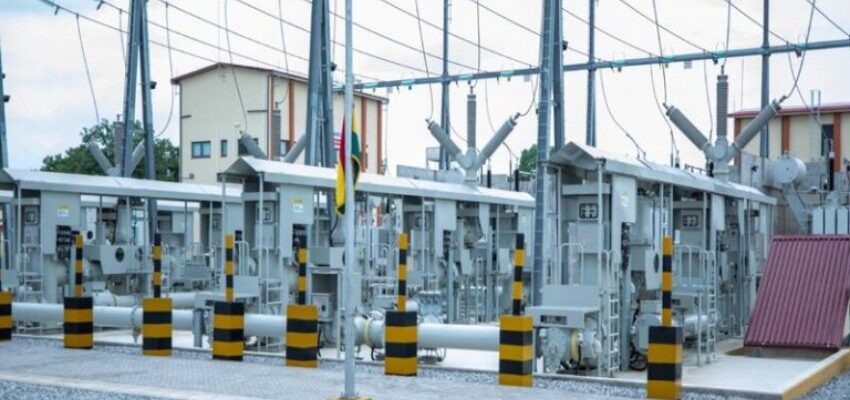US-funded substation inaugurated
Ghana: The recent inauguration of the Kasoa Bulk Supply Point marked the completion of the $316 M US investment into Ghana’s energy infrastructure.

Image source: ESI Africa
Ghana: The recent inauguration of the Kasoa Bulk Supply Point marked the completion of the $316 M US investment into Ghana’s energy infrastructure.
Deputy Chief of Mission of the US Embassy Nicole Chulick joined Vice President of Ghana Dr Mahamudu Bawumia and other Ghanaian government officials to formally inaugurate the Kasoa Bulk Supply Point (BSP). The US government-funded the $50 M power substation as part of the MCC-Ghana Power Compact.
“With the inauguration of the Kasoa Bulk Supply Point here today, we mark the successful completion of the MCC Ghana Power Compact. This was a nearly six-year, $316 M commitment by the American people to improve Ghana’s energy infrastructure and support long-term economic growth,” said Chulick during the inauguration event.
Following the event, Chulick toured the new facility with Vice President Bawumia. The Kasoa BSP will reduce outages in the power system, help stabilise voltages, and improve the quality and reliability of power supplied to the Awutu Senya East Municipality in the Central Region of Ghana.
The Kasoa BSP is now the second largest-capacity BSP in Ghana. The 435-MVA gas-insulated power substation will serve 250,000 ECG customers. It will also reduce technical losses in the power transmission and distribution system, contributing to the financial viability of the Electricity Company of Ghana (ECG) and the Ghana Grid Company (GRIDCo) in the long term.
The $316 M MCC Ghana Power Compact invested in new power infrastructure and reforms to provide more reliable, affordable electricity to Ghanaians. It also supported programmes designed to improve energy efficiency and expand opportunities for women in the power sector. Ghana’s Millennium Development Authority (MiDA) implemented the partnership with the government of Ghana.
Source: ESI Africa




